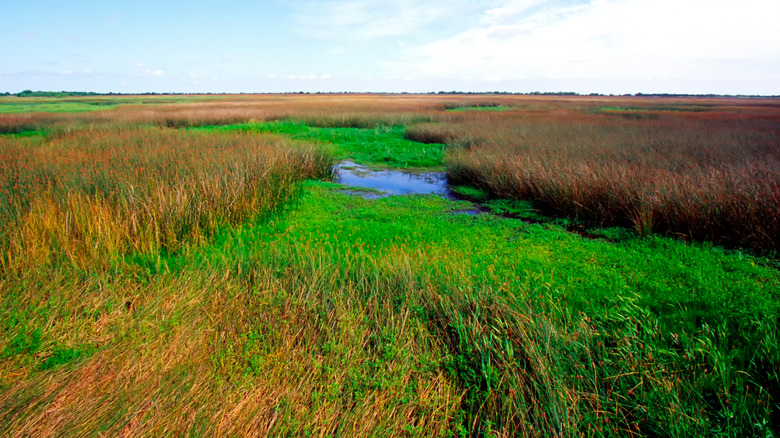Island Formation and Geological Wonders
The geological processes that create islands are among nature's most spectacular phenomena. Volcanic islands emerge from the ocean floor through millions of years of eruptions, creating dramatic landscapes of lava flows, crater lakes, and mineral-rich soils. The Hawaiian island chain exemplifies this process, with each island representing a different stage in volcanic development and erosion.
Coral atolls represent another fascinating type of island formation, where ancient volcanic peaks become surrounded by coral reefs that continue growing as the original landmass slowly subsides. These ring-shaped islands create unique lagoon environments that support diverse marine ecosystems and provide natural protection from ocean storms.
Continental islands, formed through tectonic activity or rising sea levels that separate land from larger continents, often retain connections to mainland flora and fauna while developing their own unique characteristics over time. Understanding these geological origins helps explain the diverse landscapes, soil types, and natural resources found across different island environments worldwide.




